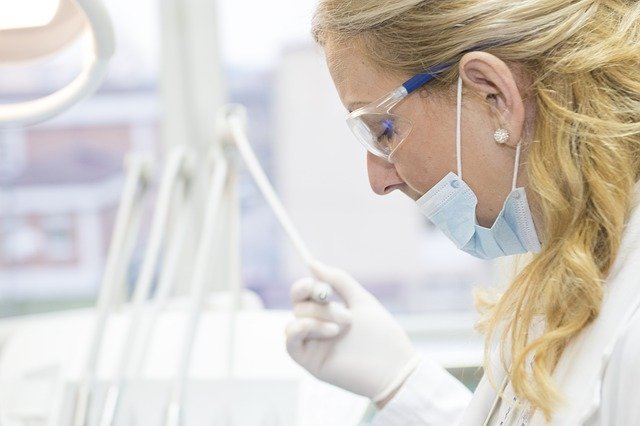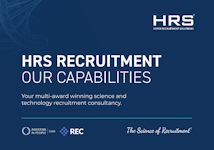
Clinical trials contribute to our medical understanding. Researchers use them to trial new medicines and diagnosis methods so that patients with certain diseases and conditions receive better treatment in the future. The results of any clinical trial can help to shape new medical strategies.
Clinical trials might be carried out to:
- Assess different ways to prevent the onset of a disease or condition (eg. drugs or lifestyle changes).
- Try new diagnosis methods to identify symptoms of a particular condition.
- Explore care procedures that lead to a better quality of life for people with long-term illnesses.
How do clinical trials work?
Setting up a clinical trial is no easy task. There are a lot of different procedures and protocols that must be followed to ensure that the trial runs smoothly and achieves the desired outcome.
Researchers have to outline:
- The number of people they need in the trial
- Detailed information about the tests & their frequency
- The data that will be collected
- Length of the trial
Once the plan has been put together, the clinical trial can be run by the relevant regulatory authorities so that the researchers can get marketing approval. Marketing approval is crucial, because, without this, researchers aren't able to recruit participants for the trial.
Stage one
It's likely that the clinical trial will take place in stages, where the first stage includes a small number of completely healthy or very sick patients (with limited treatment options). This is the highest risk stage of any clinical trial.
Stage two
Once the safety of the drug or treatment has been confirmed in stage one, the second stage will commence. This is where larger groups of patients become involved in the study and the widespread effects.
Later stages
Stages of the trial after this are generally used to confirm the benefit and safety. They may be used to explore the long-term effect of a treatment. There are occasions where less common, adverse effects are highlighted during these later stages, but on the whole, the treatment is considered 'safe'.
Regulatory bodies like to see more than three different stages of trial before they'll consider a drug or treatment safe and effective for widespread use.
How do clinical trials recruit participants?
Much like job recruitment, clinical trial recruitment is most effective when you know what the ideal candidate looks like. If a clinical trial needs people of a certain age, gender, or with a particular condition to take part, then it's important that the clinical trial is marketed to the right kind of people.
Some researchers will use a patient recruitment company to help reach the right people without sacrificing a lot of time. A good patient recruitment agency will keep all of the participant preferences in mind as they find people to take part in the trial.
Other ways that clinical trials recruit participants are:
- Through local healthcare providers
- Through nonprofit organisations
- Through digital recruitment campaigns
So there you have it, an overview of how clinical trials work and how patients are recruited. If you'd like to create life-saving drugs and potentially conduct clinical trials of your own, take a look at our pharmaceutical vacancies.
Pharmaceutical Vacancies >
